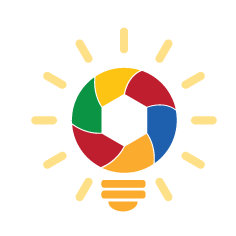Information acquisition

Even though the term of information acquisition is not something new, it creates new perceptions in such a vastly connected world in the beginning of the 3rd decade in the XXI century. The American Library Association (ALA, 1989) defines information literacy as being able to ascertain what information is needed, understand how the information is prepared, find the best sources of information for a given need, identify those sources, assess the sources analytically, and share that information.
Over three decades old explanation of information literacy stands a test of time to quite well define what information acquisition from a digital literacy perspective may be. However, easily accessed, quickly changing and often unintentional flow of information in a digitized world makes the acquisition of information very much different because of the vastly different magnitude of information available over the internet.
We stick to the basics and emphasize on the following main pillars of what information acquisition in the scope of digital literacy is:
- It’s being able to properly use online tools to acquire information;
- Critically evaluate the information and filter through irrelevant of low quality sources of information;
- Being able to securely store and manage the acquired information;
- Acquiring the new knowledge itself and being able to continuously develop new skills and keep learning non-stop to acquire more and better quality information.
An illustration of continuous cycle of information acquisition and quality improvement
Basic tools to acquire the digitised information are usually pretty well known and popular:
- Google and other search engines
- Wikipedia
- Youtube and other video services
- Social media – Facebook, Twitter, Linkedin
- News portals, forums, internet directories
The storage of information is a rather technical topic, therefore we will cover the subjects, such as security, reliability and best practices or related topics for the information storage in further chapters.
The evaluation part is crucial to develop the necessary digital skills; therefore, we will dive deeper into this topic in the next chapter.
What is the current adoption of how much the internet is at the moment?
According to Everett Rogers’ diffusion of innovations model, which can be used to well describe the evolution and adoption of any technology, we are still a long way to having the internet adopted in the whole world.
Adoption of the internet based on internet penetration being 60% in 2021 [source: Statista.com]

Despite uneven adoption of the internet worldwide, we still may consider digital tools and internet connection being the major positive factor to spread the ideas, educate people, fight poverty and unemployment.

